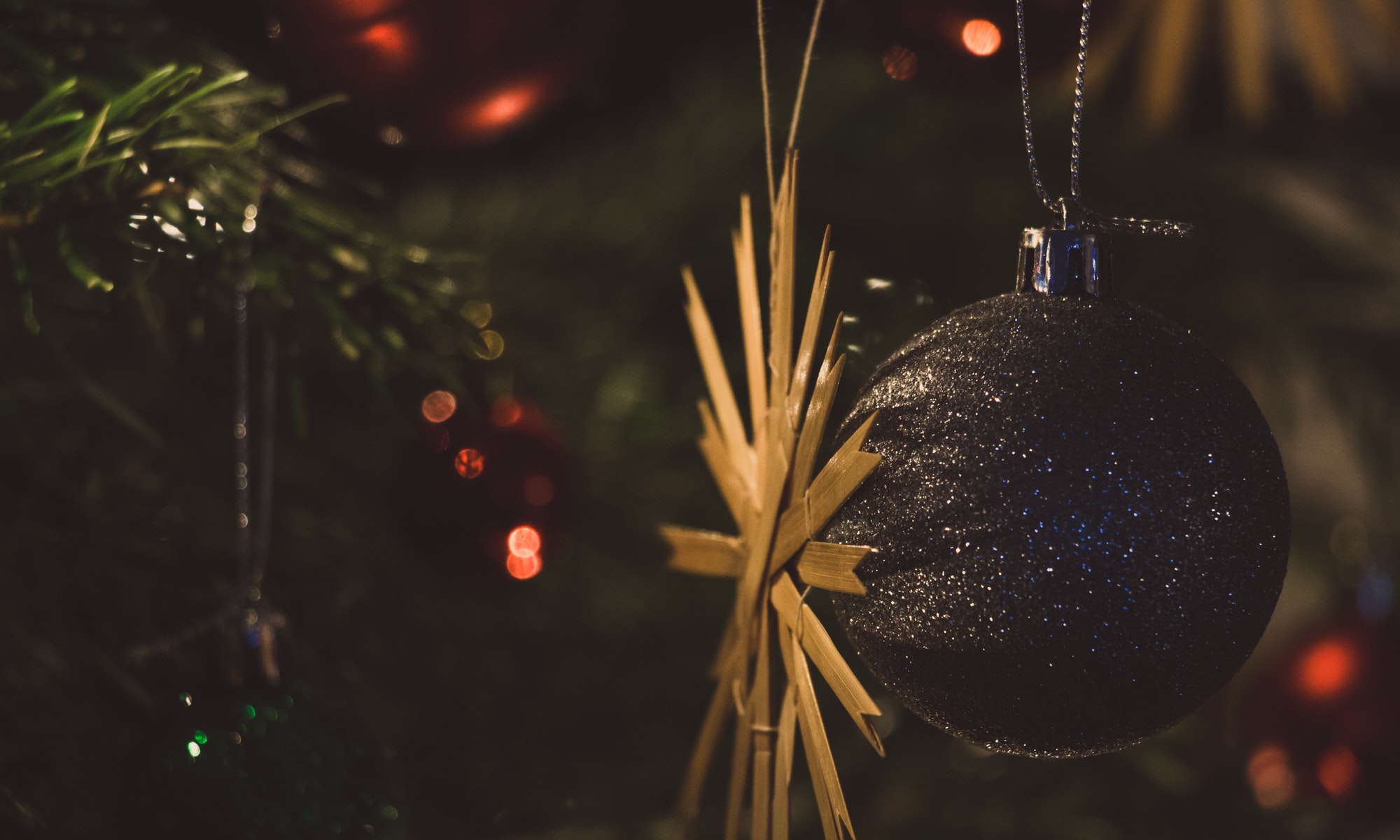Throughout the world, glass ornaments are a beloved holiday tradition. These unique decorations come in all shapes and sizes, from classic blown-glass Christmas tree balls to intricate handcrafted pieces. But it’s not just the variety of designs that make these ornaments so special – each type of ornament carries with it its own symbolism and cultural significance. This article will explore the language of glass ornaments, exploring symbols and traditions associated with holiday decorations around the world.
The Origins of Glass Ornaments: Uncovering the History and Evolution of Holiday Decorations
In Europe, hand-blown glass Christmas tree decorations were popularized by German glass blowers beginning in the 1700s. Many of these classical pieces feature animals, fruits, snowflakes, and stars – each of which has its own meaning. Animals are said to represent nature’s beauty and bounty, while fruits symbolize life’s sweetness. Snowflakes are often seen as a sign of winter’s chill, while stars remind us of aspirations for a brighter future ahead.
In some countries such as Italy and Poland, glass trees offer their own special symbols. Italian trees might feature an angel at the top to represent hope and peace; in Poland, star-shaped ornaments may be hung on the branches to protect against evil spirits. In both cases, these symbols serve as a reminder that we can find strength even during difficult times.
The Symbolism Behind Traditional Glass Ornaments: How Meaning is Infused in Each Ornament Design
The colors of glass ornaments also carry significant meanings across cultures. Red is commonly used to represent love and passion; blue is often seen as a symbol of peace; green may signify growth; and yellow stands for happiness and joy. Colors can also be combined into intricate patterns often reserved for more special occasions such as weddings or anniversaries – serving as a reminder that our lives are filled with joyous moments along with hardships we must face together.
Global Traditions in Glass Ornament Production: Examining Unique Crafting Techniques, Materials, and Styles
Glass ornaments come in many forms beyond those found on Christmas trees – from wreaths and garlands to hanging mobiles – allowing us to customize our holiday decorating according to personal taste or seasonal symbolism desired. Wreaths made from evergreen branches have been used since early centuries BC as a way to honor gods and goddesses during winter solstice celebrations; while hanging mobiles featuring brightly colored figures can be adapted to any celebration depending on what they represent – whether it’s hope for rebirth after dark times (as is common in Latin American celebrations) or peace among nations (as is popularized by Kwanzaa).
Finally, yet importantly, we cannot forget about those who craft these beautiful works of art by hand – often passing down generations worth of knowledge about traditional symbols seen in their work. Each piece crafted by artisans around the world offers another piece in our collective history where stories live within them – telling tales about what was sacred within different communities throughout time but still holds true today: that even through hardship we can find strength within ourselves when celebrating life’s joyous moments together!

